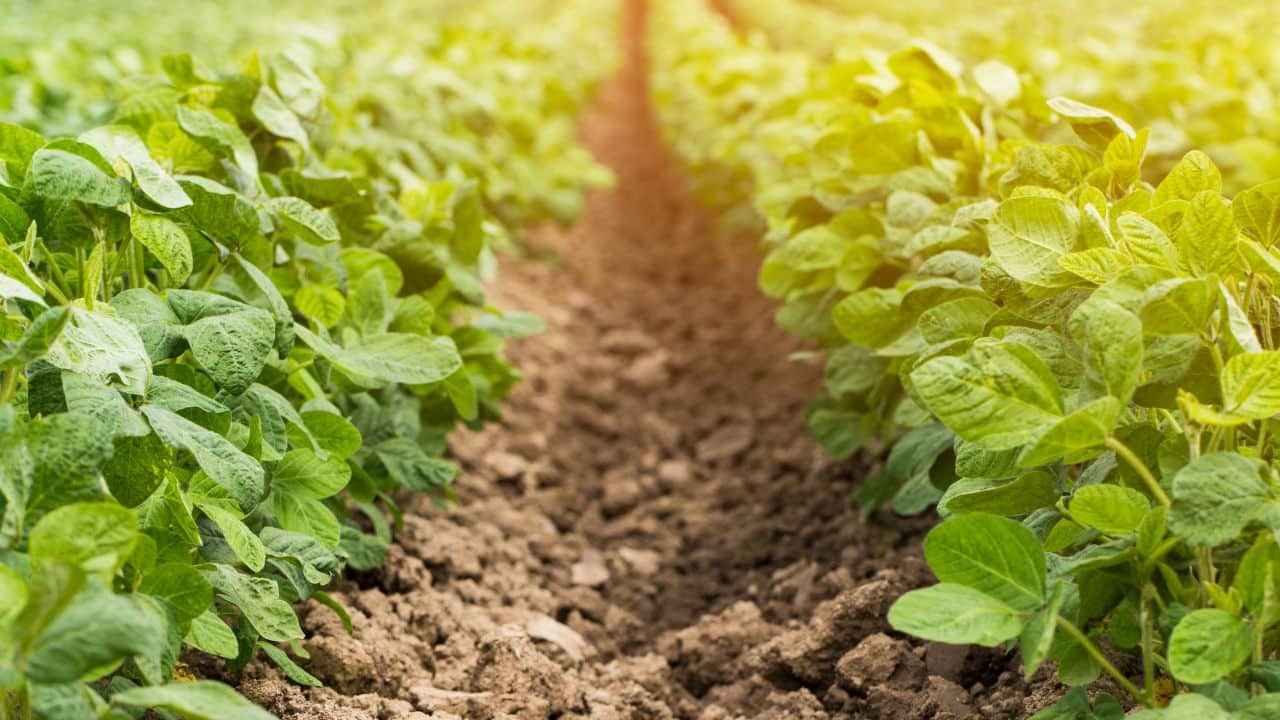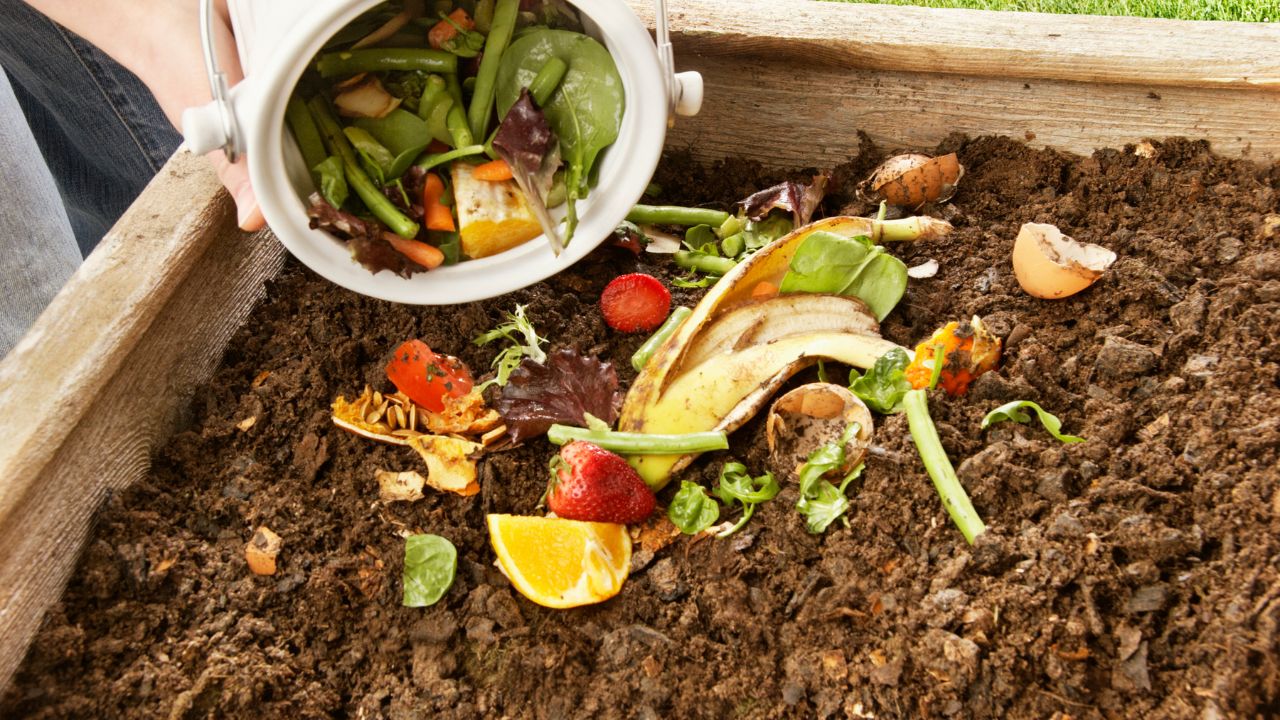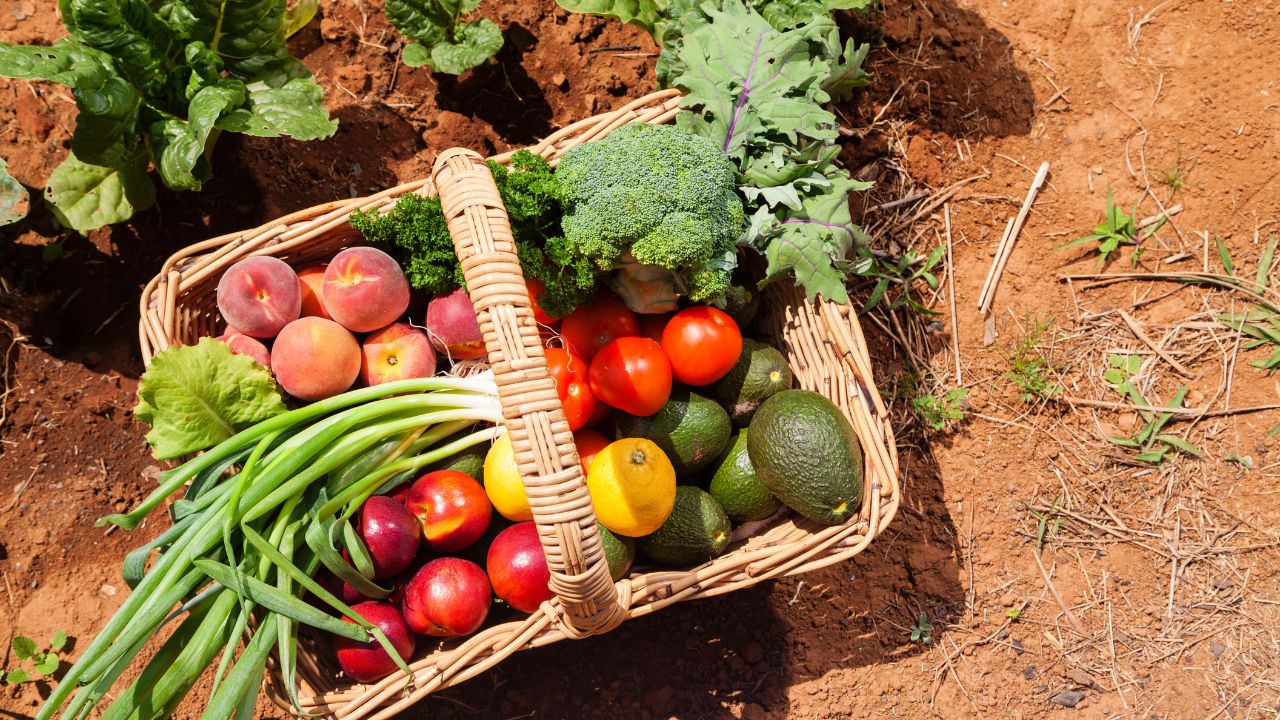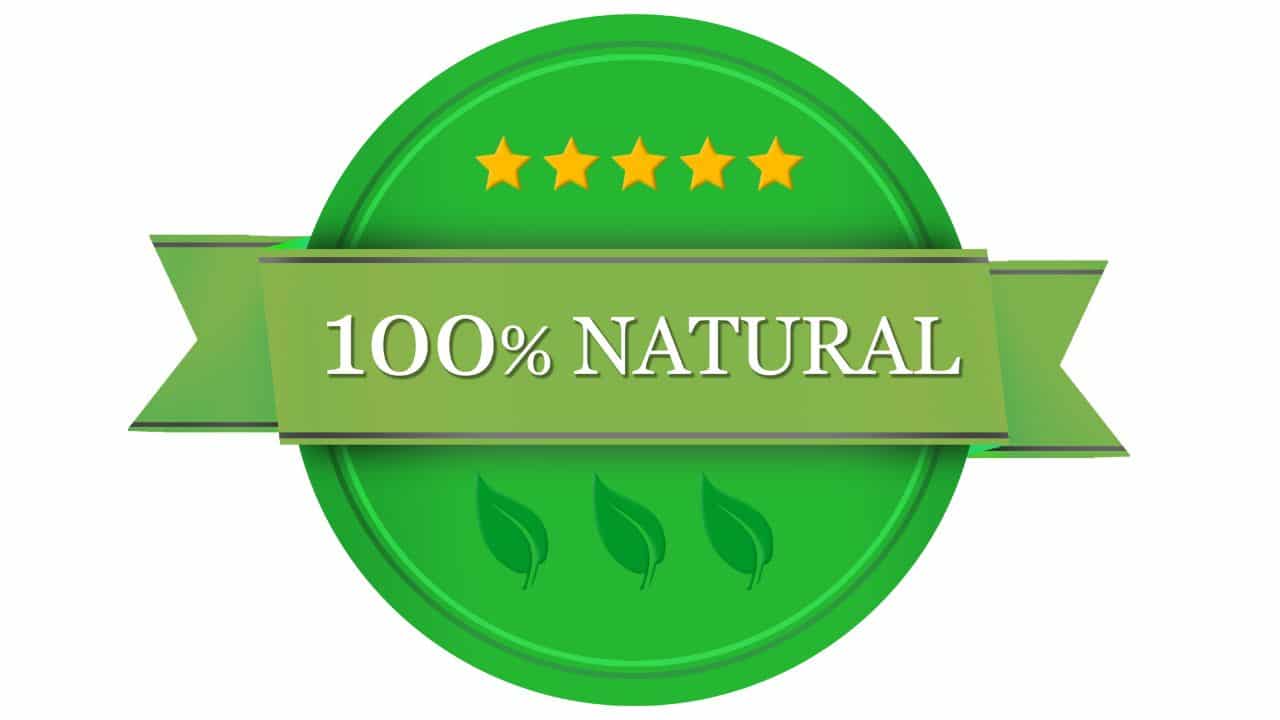Last Updated on September 15, 2023 by Pro Handyman Australia – Editorial Team
The Essence of Organic Gardening: A Comprehensive Guide
Understanding Organic Gardening
Organic gardening revolves around the concept of cultivating plants without the application of synthetic products such as fertilizers and pesticides. Instead, this method prioritizes the use of natural products. Integrating modern tools like the Drip Irrigation System and the Automatic Watering System can be beneficial, ensuring that plants receive the precise amount of water they need. But more than just a gardening style, organic gardening is about recognizing your plants as part of a broader natural system. This system encompasses everything – from the soil beneath our feet to the water we use, and even the insects, wildlife, and humans that interact with the garden.
The Significance of Organic Practices
The desire to pursue organic gardening often stems from a longing for safer and healthier food and a better environment. A committed organic gardener aims to harmonize their gardening activities with the natural ecosystem. This means minimizing the exploitation of resources while ensuring that whatever is consumed by the garden is replenished.
Delving Deeper: What Does Organic Truly Mean?
While many might correlate organic gardening solely with the exclusion of synthetic fertilizers and pesticides, it’s much more holistic. Embracing organic gardening means nurturing the health of the entire gardening system in the most natural manner. It’s about aligning with nature, understanding the intricacies of soil, water, human interaction, and insect life, and aiming for a symbiotic relationship where the environment thrives without unnecessary harm.
The Fundamentals of Organic Gardening

True organic gardening goes beyond merely planting seeds and watching them flourish. It involves creating an ecosystem where soil microbes, plants, and beneficial insects can thrive. If you’re considering adopting this gardening approach, focus on three key areas:
- Soil Management: This involves enriching the soil using organic fertilizers to nurture the earth that nourishes your plants.
- Weed Management: Instead of resorting to harmful chemicals, tackle weeds through manual methods and employ organic ground coverings.
- Pest Control: Promote the presence of beneficial insects and practice companion planting. This not only deters pests but also encourages a diverse and healthy garden ecosystem.
For those stepping into the world of organic gardening, understanding these principles is crucial. Grasping these basic concepts is vital to achieving consistent and reliable gardening results.
Embracing Nature’s Rhythms
In essence, organic gardening involves a dance with nature. It involves a mixture of different plant types and varieties, the strategic use of companion planting, and the dense planting of some varieties to shield more vulnerable plants. The goal is to support natural processes, curbing the spread of pests and diseases in the most eco-friendly manner.
A well-regarded editor once encapsulated the spirit of organic gardening, emphasizing that it’s more than just avoiding synthetic products. True organic gardening observes and replicates nature’s processes, focusing on nourishing the soil, which in turn takes care of the plants.
A Comprehensive Guide to Initiating Your Organic Garden
1. Prioritize Soil Preparation
The foundation of any successful organic garden lies in its soil. To ensure a healthy growth for your plants, it’s essential to prioritize the quality of the soil they will be sown in. Soil not only provides plants with vital nutrients but also acts as their primary food source. Thus, constant addition of organic matter is paramount, employing every locally available resource.
While chemicals can be detrimental to the soil’s natural balance by harming its microbial life, testing your soil’s pH can is crucial to understanding its health. Convenient home testing kits are available, or for a more comprehensive analysis, consider sending soil samples to your local agricultural extension office.
2. Embrace the Art of Composting

While you await your soil analysis results, embark on the composting journey. Compost not only nourishes plants with essential nutrients but also aids in water conservation, weed reduction, and even helps prevent landfills from garnering good and yard waste.
Compost can either be curated from local resources like leaves, garden remnants, and kitchen waste, or purchased from reputable organic centers. For those keen on making their compost:
- Allocate a space measuring at least three square feet.
- Create a base using natural dead plants or leaves.
- Implement alternating layers of leaves (carbon-rich) and kitchen scraps or manure (nitrogen-rich), separating them with soil layers.
- A protective soil layer, about 4-6 inches thick, should cover the pile.
- Regularly turn the pile, especially when adding new layers, ensuring it remains moist to boost microbial activity.
- If the compost emits an odor, infuse it with dry leaves or straw, turning it frequently. A month of this care should yield a fertile compost for your garden.
3. Cultivate Your Garden Space
With your compost in the making and insights on soil health in hand, it’s time to physically prepare your garden. Remember, while tilling and prepping, the soil’s natural structure should be respected, ensuring it’s not overly disturbed.
4. Plant Selection: Aligning with Nature
Your soil’s micro-conditions play a pivotal role in deciding the plants that will thrive in your garden. By understanding the moisture, light, drainage, and quality of the soil in various garden areas, you can select plants with higher resilience to potential threats.
An organic gardening tip is to opt for plants that are inherently suited to your garden’s conditions, ensuring their natural defenses are robust and requiring minimal external inputs. When procuring seedlings, choose those raised without synthetic chemicals. Local farmers’ markets often offer plants best suited to local conditions, ensuring you pick healthy specimens with non-congested root systems.
5. Emphasize on Bed Planting
Planting in defined beds is advantageous, as it minimizes soil compression during harvest or maintenance, conserving its structure. Beds enhance efficient use of water, facilitate easier compost application, and allow plants to effectively draw available nutrients. Adequate spacing between rows further ensures healthy air circulation, keeping fungal infections at bay.
6. Watering: Timing and Technique
Upon planting your crops, the initial step to their growth is ensuring they are well-watered. An immediate watering session post-planting provides the necessary hydration essential for their sustenance. Regular watering, ideally every morning, is beneficial for several reasons: the absence of strong winds, cooler temperatures, and significantly reduced evaporation. For mature plants, deep but infrequent watering is often the expert choice.
7. Weeding: The Essential Task

Weeds can be formidable adversaries for your crops, competing for vital resources like water, light, soil nutrients, and space. Furthermore, they have the potential to contaminate agricultural commodities and act as a safe haven for pests or carriers of diseases. Although manual weeding may seem tedious, it is a productive way to not only ensure the health of your crops but also to get some fresh air and exercise.
8. Nourishing Plants Naturally
Organic gardening champions environmentally conscious practices, steering clear of toxic pesticides and fertilizers. Ensuring your plants receive the trifecta of growth essentials—light, nutrients, and moisture—is paramount. A garden with a diverse range of crops minimizes pest attacks and augments biodiversity.
The crux of organic gardening revolves around promoting beneficial insects and supporting the natural predators of pests, such as bats, birds, lizards, and spiders. To succeed in this domain, a vast array of companion crops that nurture these beneficial species’ ecological niches is essential. The refrain from synthetic pesticides further guarantees their survival. Practices like removing infected parts of plants, crop rotation, and manual removal of pests contribute significantly to controlling pest populations. Prioritizing garden hygiene aids in organic pest management.
Moreover, there are organic alternatives to synthetic pesticides, available at organic garden centers. These sprays, derived from sources like the bacterium Bacillus and neem oil, rapidly degrade in the environment, making them preferred alternatives. However, in cases where some pests or diseases prove resistant to organic methods, the judicious use of these natural sprays becomes imperative.
9. Organic Fertilization: Beyond Compost
Even though compost and organic matter play a critical role in augmenting water and nutrient absorption in the soil, they might not provide all the nutrients requisite for the healthy growth of plants. Organic gardening often mandates the use of supplementary fertilizers sourced from natural origins like wood ash, rock phosphate, and animal by-products.
Agricultural lime, derived from natural limestone, is another key additive to improve soil quality, especially if it’s overly acidic. Soil pH levels can fluctuate based on the region, but most soils generally don’t require additional liming. Local agricultural offices can be consulted for tailored advice on soil pH adjustments.
10. Comprehensive Care for Your Organic Garden
A flourishing organic garden demands meticulous care. Some cardinal practices that ensure its prosperity are:
- Mulching to conserve soil moisture.
- Prioritizing morning watering sessions.
- Regularly incorporating compost.
- Utilizing natural manure, preferably from herbivorous sources.
- Timely weeding to prevent resource competition.
- Regular pruning to facilitate aeration and efficient nutrient usage.
Embracing the Wholesome Rewards of Organic Gardening

1. Prioritizing Health and Wellness
Organic gardening emphasizes the exclusive use of natural products, eliminating the need for pesticides. As a result, the produce yielded from these gardens remains untainted by synthetic chemicals, allowing consumers to enjoy the pure nutritional essence of the crops. Not only does this approach safeguard against harmful chemicals, but it also ensures a more nutrient-rich harvest.
Research indicates that organically grown vegetables and fruits often possess elevated levels of essential minerals and vitamins when compared to their conventionally grown counterparts. Furthermore, experts in complementary medicine note that organic produce tends to have heightened concentrations of beneficial nutrients, such as Vitamins C and D. Beyond these dietary advantages, organic gardening is also an avenue for physical well-being. Activities like planting, weeding, and harvesting offer rewarding exercise opportunities. Engaging with the outdoors during gardening sessions provides a rejuvenating connection to nature, while the fresh air and sunlight can significantly reduce stress.
2. Championing Environmental Stewardship
Chemical-based farming methods have long been associated with various environmental issues. For instance, when crops are doused with these chemicals, harmful residues often seep into the soil, contaminating water sources and endangering delicate microorganisms. Additionally, aerial applications of these products can contribute to atmospheric pollution.
Transitioning to organic gardening is a conscious step towards ecological responsibility. Cultivating plants naturally not only yields healthier produce but also creates a more harmonious, chemical-free environment. Such an approach is paramount for maintaining ecological balance, minimizing disruptions to nature’s intricate systems.
Organic gardening practices are notably gentle on local wildlife. Birds, beneficial insects, and small creatures remain unharmed, free from the threat of chemical exposure. Furthermore, the organic matter incorporated into the soil enhances its structure and nutrient profile, promoting sustainable farming.
3. Minimizing Greenhouse Gas Emissions
One of the lesser-known detriments of chemically treated crops is their potential to release harmful greenhouse gases into our atmosphere. These emissions, when combined with other pollutants, jeopardize the purity of the air we breathe. More critically, the augmentation of these gases intensifies global warming—a phenomenon with far-reaching consequences for our planet.
4. Savoring Authentic Flavors
The taste and aroma of organically grown fruits and vegetables are profoundly distinct. Their natural cultivation process allows them to retain and even amplify the flavors that nature intended. Comparatively, commercially produced fruits and vegetables often fall short of matching the genuine, rich taste of their organic counterparts. Many attest to the fact that freshly harvested produce from an organic garden offers unparalleled taste and authenticity.
5. Economic Efficiency and Savings
Organic gardening is not just a pursuit of health and environmental consciousness; it’s also a smart financial choice. By taking the initiative to cultivate your own fruits and vegetables, substantial savings can be realized. In comparison to purchasing from supermarkets or other retail outlets, growing your own organic produce can lead to potential savings of up to 50% on your grocery bills. This approach champions both sustainability and cost-effectiveness.
Distinguishing Between Organic and Natural in Gardening

Deciphering Pesticides and Repellents Terminology
In the realm of pesticides and repellents, many mistakenly believe that “organic” and “natural” have synonymous meanings. However, it’s crucial to note that only specific manufacturers have the license to use these terms. Those who follow organic gardening practices typically gravitate towards pest control products labeled “for use with organic gardening” and those endorsed by the Environmental Protection Agency (EPA).
For enthusiasts of organic home gardening, differentiating between “organic” and “natural” when selecting repellents or pesticides can be a perplexing task. To simplify, the EPA has not defined terms like “natural” or “all-natural,” and these terms are prohibited from accompanying products registered by the agency. Interestingly, while food producers can freely use the term “natural” in marketing, insecticide producers cannot due to EPA’s registration criteria. The EPA’s primary concern is environmental protection, and its jurisdiction does not encompass direct food quality oversight. On the other hand, the term “organic” carries specific criteria and definitions.
Understanding the Organic Label

By regulatory standards, for any food product to sport the “organic” label, it must meet certain stipulations. It should be produced employing products, including pesticides, explicitly labeled as suitable “for use in organic production.”
The U.S. Department of Agriculture stipulates that a food product can be termed organic if:
- It was produced without the utilization of genetic engineering, ionizing radiation, or sewage sludge.
- It exclusively incorporated approved products from the National List in its production.
- Its production process was supervised by a representative from the USDA’s National Organic Program.
To further streamline this categorization, the Organic Materials Review Institute (OMRI) was established. This independent entity aids and supervises manufacturers in creating products that align with the NOP organic food standards. The institute meticulously reviews the development processes of products, such as pesticides. Only those products that fulfill the stringent standards are permitted to display the prestigious “OMRI Listed®” emblem.
In essence, OMRI endeavors to demystify the process of selecting products for organic gardening. Their mission revolves around educating consumers regarding product labels, enabling them to identify certified products, and ensuring that they make informed purchasing decisions with utmost confidence.
National Organic Program: Upholding Organic Standards
The National Organic Program (NOP), under the stewardship of the USDA, is responsible for outlining the national standards associated with the “USDA Organic” seal. This program meticulously oversees the entire continuum—from production, processing, distribution, to the final retail sale—to ascertain that the products genuinely align with the stipulated definition of “organic.”
Under the aegis of the NOP, manufacturers aiming to brandish the “for organic production” insignia on their gardening merchandise must strictly employ materials that find a place on the NOP’s roster of sanctioned organic materials.
There are several brands in the market offering an extensive suite of products tailored for organic gardening. Some of these products, like specific insect killers known to target up to 45 distinct pests, were sculpted to resonate with the OMRI’s benchmarks, thereby earning their rightful spot on the OMRI list. Grasping the nuances of product labeling in the realm of gardening can significantly bolster your ability to curate a genuinely organic garden.
Organic Materials Review Institute: The Seal of Approval
The Organic Materials Review Institute (OMRI) stands as an autonomous, national, not-for-profit entity dedicated to discerning which products are fit for organic production. The fruits of these products’ labor manifest in the form of food that can subsequently be graced with the “USDA Organic” seal— a badge of honor that consumers have grown to trust and actively seek.
But what does the term “input” product denote? Essentially, these are the products employed to facilitate the growth of crops or, when it concerns livestock, to nurture the animal. For vegetation, this might span the gamut from bug sprays to fertilizers and other nutrient supplements.
By resorting to input products brandishing the OMRI Listed® emblem, stakeholders spanning from organic growers, manufacturers, to suppliers can breathe easy, knowing their endeavors are congruent with the USDA standards. The said seal, conceptualized to aid producers in identifying vetted input products, becomes all the more invaluable when one considers the rigorous review process these products undergo. This entails a comprehensive evaluation by a panel of national experts focusing on the product’s ingredients, their provenance, and their subsequent processing. Products that successfully navigate this intricate review labyrinth are then bestowed with the honor of featuring the OMRI Listed® seal in their packaging and promotional endeavors.
For instance, a farm cultivating lettuce might rely on products enshrined in OMRI’s list (supplemented by NOP-endorsed cultivation techniques) to ensure its produce is recognized as an organic entity, thus warranting the “USDA Organic” badge on its packaging and promotional materials.
Thus, avid organic gardeners can derive peace of mind from the fact that their commitment to organic tenets remains unblemished as long as they remain loyal to products adorned with the OMRI Listed® seal.
Decoding “Natural” and “All-Natural” on Food Labels

Understanding the terminology on food labels can be a maze, and terms like “natural” and “all-natural” adds to the confusion.
To clarify, the U.S. government hasn’t provided a formal definition for “natural” or “all-natural” when it comes to food products. This ambiguity gives rise to situations where, theoretically, a hot dog could be deemed “natural” because its ingredients are derived from nature. However, it’s arguable whether most hot dogs align with a typical perception of healthy foods.
A common consensus suggests that “natural” or “all-natural” labels should ideally be reserved for food products that originate directly from nature and have undergone minimal to no processing prior to being offered for sale.
While the Food and Drug Administration (FDA) hasn’t made a definitive declaration, there’s a hint in its communications. The FDA leans towards favoring products labeled as “natural” to be those free from added colors, artificial flavorings, or any synthetic elements.
On the other hand, the Environmental Protection Agency (EPA) has a clear stance on the matter, especially when it comes to designations like “Natural,” “All-Natural,” or “Naturally.” The agency prohibits the use of these terms on products it oversees, such as pesticides, herbicides, and fungicides. The EPA’s rationale is that the term “Natural” is elusive and potentially misleading, which might lead consumers to wrongly assume certain products are inherently safe for gardening or other uses.
In light of this information, consumers should approach the “natural” label with caution, recognizing that its interpretation is not universally agreed upon, especially concerning food items. While many food manufacturers have the autonomy to label their products as they deem appropriate, this may not necessarily align with an individual’s understanding of “natural.” Meanwhile, producers of EPA-regulated pesticides must steer clear of this terminology altogether.
